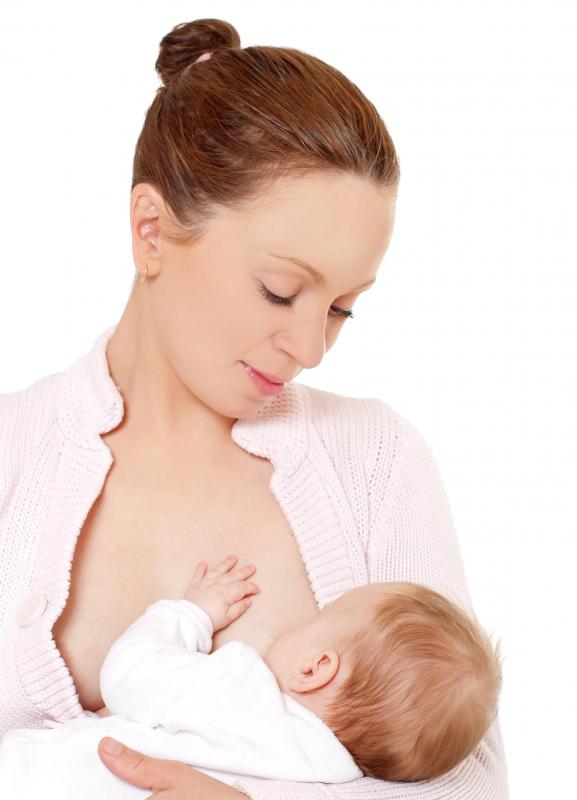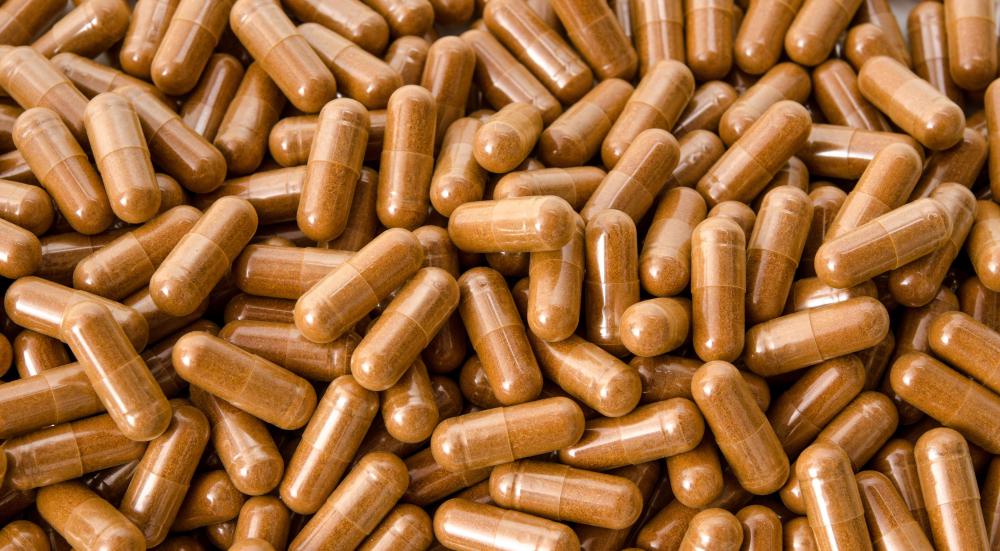At WiseGEEK, we're committed to delivering accurate, trustworthy information. Our expert-authored content is rigorously fact-checked and sourced from credible authorities. Discover how we uphold the highest standards in providing you with reliable knowledge.
How do I Deal with a Yeast Infection While Breastfeeding?
A yeast infection, also known as Candida or a thrush infection, is more common in women during and soon after pregnancy. When it comes to a yeast infection while breastfeeding, there are a number of things that mothers can do to help make sure that they are less susceptible. These include visiting the proper medical authorities, practicing proper hygiene, changing your diet, altering how you nurse, and applying certain medications, and salves.
The first step to take if you suspect that you have a yeast infection while breastfeeding is to see your doctor to make sure that it is in fact Candida and not some other condition. The symptoms of yeast infection while breastfeeding include nipples that appear scaly, puffy, or weepy, or that have blisters or color changes. The main symptom of yeast infection while breastfeeding is pain, sometimes severe. There are other conditions, however, that could cause these same symptoms other than a yeast infection, such as herpes, ringworm, mastitis, and improper baby latching. A doctor will be able to properly diagnose whether your condition is a yeast infection or something else.

If your doctor diagnoses you with yeast infection while breastfeeding, then one of the simplest steps you can take to prevent the spread of the yeast infection is to practice proper hygiene. This includes washing your hands before and after breastfeeding, before and after changing diapers, and after using the bathroom. Paper towels and hot, soapy water are best.

Another step to take to help deal with a yeast infection while breastfeeding is to change how your nurse your baby. This involves feeding him more often during the day but for shorter periods of time. To fight the pain, mothers can take over-the-counter painkillers like ibuprofen and ice their nipples before nursing. If the pain is still too much, mothers can also pump the milk and feed it to their babies with a bottle.

Mothers also should consider changing their eating habits when they have yeast infection while breastfeeding. They should cut out foods with high amounts of sugar and yeast in them, like sweets, bread, sodas, wine, and beer. Green tea is said to help remove excess yeast from the system. There are dietary supplements that can help, such as lactobacillus acidophilus and caprylic acid, and medicines such as antifungal cream.
AS FEATURED ON:
AS FEATURED ON:













Discuss this Article
Post your comments